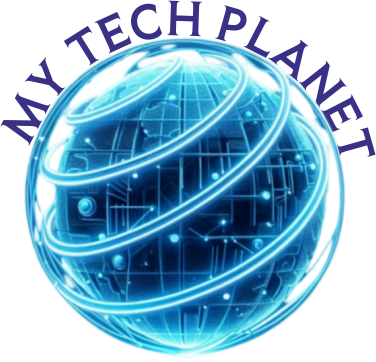May 24, 2025
Real-Time Web Applications with WebSockets and Beyond (2025)
Real-Time Web Applications with WebSockets and Beyond (2025) In 2025, real-time web applications are no longer a novelty but a standard expectation. Users demand immediate updates and interactive experiences, driving the need for technologies that facilitate seamless, bidirectional communication between clients and servers. This article explores the evolution of real-time web technologies, with a focus on WebSockets and emerging alternatives. The Rise of Real-Time Web The demand for real-time features has exploded, fueled by applications like live dashboards, collaborative editing tools, instant messaging, and real-time gaming. Traditional HTTP request-response models struggle to provide the necessary responsiveness, leading to the adoption













